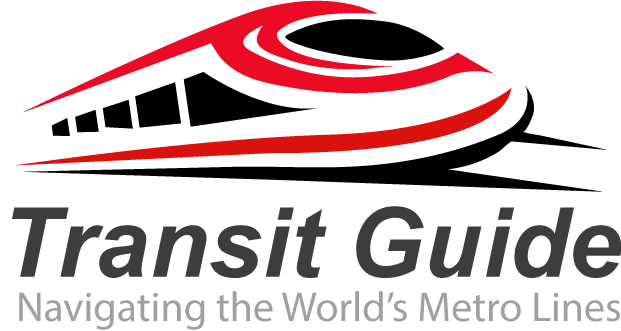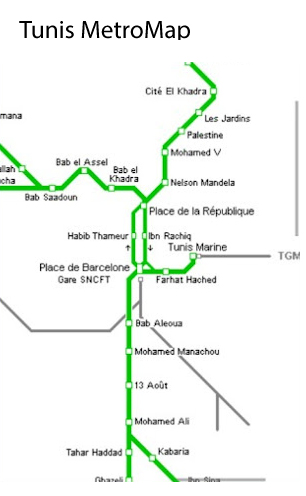The Tunis metro system, officially known as the Tunis Light Metro (Métro Léger de Tunis), serves as the backbone of public transportation in Tunisia’s bustling capital city. This comprehensive guide provides essential information for travelers and residents looking to navigate Tunis efficiently using this modern rail network.
Overview of the Tunis Metro System
The Tunis Light Metro began operation in 1985 and has since become an integral part of the city’s transportation infrastructure. Unlike traditional underground metros, the Tunis light rail system operates primarily at surface level with dedicated rail beds, going underground only at key intersections to avoid traffic congestion.
The system is managed by Société des transports de Tunis (Transtu), which also operates the TGM commuter rail line, ensuring coordinated public transport services across the Tunis metropolitan area.
Current Network and Recent Expansions
The Tunis metro network has experienced significant growth and modernization in recent years. The rapid rail network recently gained a second line, with line E recording 7 million passengers in 2024 alone. The system continues to expand to meet the growing transportation needs of the metropolitan area’s two million residents.
Line E has been extended to 18.4 km with 13 stations connecting Tunis, Ezzouhour, Zahrouni and Séjoumi, demonstrating the ongoing commitment to improving urban mobility. This expansion has been supported by international financial institutions including the World Bank, European Investment Bank (EIB), and French Development Agency.
Key Features and Benefits
Efficient Urban Mobility
The Tunis metro system addresses the critical transportation challenges facing the capital city. With increasing traffic congestion causing commuters to spend significant time in daily travel, the light rail network provides a reliable alternative for urban transportation.
Modern Infrastructure
The newest line D is designed to accommodate more than 20,000 passengers from the western suburbs of Tunis, with spacious trains capable of carrying up to 2,400 passengers, showcasing the system’s capacity to handle high passenger volumes efficiently.
Strategic Route Planning
The metro network strategically connects major districts and suburbs, facilitating easy access to commercial centers, residential areas, and key destinations throughout Tunis.
Practical Information for Users
Service Area
The Tunis Light Metro serves the greater Tunis metropolitan area, connecting various neighborhoods and suburbs to the city center. The system provides crucial links between residential areas and business districts, making it an essential service for daily commuters.
Integration with Other Transport
The metro system works in conjunction with other public transportation options, including buses and the TGM suburban railway, creating a comprehensive network that covers the entire metropolitan region.
Future Development Plans
The Tunis metro system continues to evolve with ambitious expansion plans designed to serve the growing population and urban development. Recent investments and international support indicate strong commitment to developing sustainable public transportation solutions for Tunisia’s capital.
The ongoing development reflects Tunisia’s dedication to modernizing its urban infrastructure and providing efficient, environmentally-friendly transportation alternatives for residents and visitors alike.
Conclusion
The Tunis Light Metro represents a modern, efficient solution to urban transportation challenges in Tunisia’s capital. With its expanding network, high passenger capacity, and strategic route planning, the system continues to play a vital role in connecting communities and facilitating economic activity throughout the metropolitan area. Whether you’re a resident or visitor, understanding this transportation network will greatly enhance your ability to navigate and enjoy everything Tunis has to offer.

